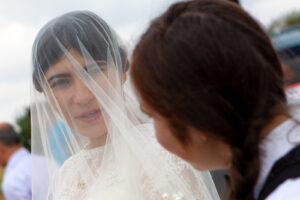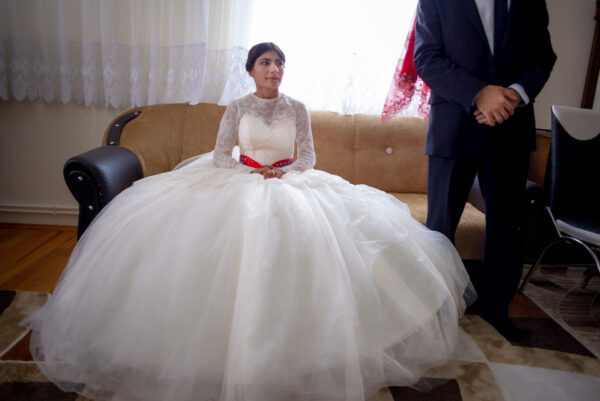Kurdistan, Turkey – 2014
Texts and photographs by Michele Cirillo and Emanuela Laurenti

Premise
Only scratched in the surface by the passing of time, by the Islamic conquest and other foreign dominations, the Kurdish culture is now in danger of being forgotten, or worse, losing its true identity, confused in recent years with the Muslim or Turkish tradition. Put through to the Ottoman Empire and then divided by the Western powers in the four states of Turkey, Iraq, Iran and Syria, in the last ninety years, the Kurds have been victims of persecutions and slaughters that occurred with greater ferocity in Turkey, where a regime of forced repression resented every expression of their cultural identity. “Mountain Turks”. As Turks called Kurdish people. But in those mountains, dominated by the great Ararat, unquestionably still persist the flavors of ancient and specific traditions, traces of a thousand-years old past, vestiges of a precise and recognizable identity. Among those mountains, the first days of the wedding of Sükran and Samet took place, a symbolic union, especially because of their origins and historical events: Sükran is Kurdish, Samet is Turkish. Our journey starts here. In August 2014, at Xarik place as first, in Eastern Anatolia, and at Yozgat then, in Central Anatolia.
The Wedding
In the social structure Kurdish family is considered an inseparable unit: it is the core on which dipend the whole society and its importance is manifested on the occasion of a marriage. Specifically, the Sükran and Samet wedding party lasted five days: the first part of the celebrations was held in the bride family home, in the altitudes of Xarik, with sober characters although colored. The remaining four days of celebrations, took place, with the most sumptuous atmospheres, in the groom’s family house. In Yozgat, a Turkish small town. The criteria that direct the marriage of two young people often dipend on the relationship between their families. Even if there is not anymore the custom to give in marriage young girls, young men have some freedom of choice, young women even less, waiting for a sincere marriage proposal. The history of Sükran and Samet fortunately is a different story.
“The Kurdish bride” was awarded and exhibited at the Hermitage museum in St. Petersburg




































